Armin Biere
Dynamic Blocked Clause Elimination for Projected Model Counting
Aug 12, 2024
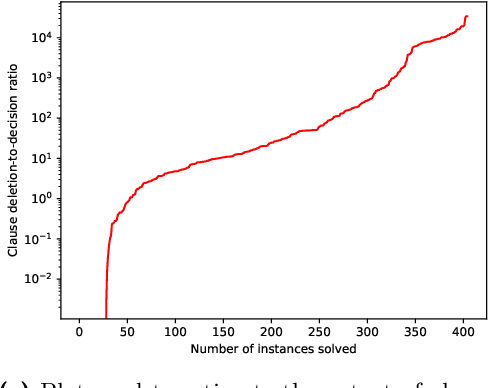
Abstract:In this paper, we explore the application of blocked clause elimination for projected model counting. This is the problem of determining the number of models ||\exists X.{\Sigma}|| of a propositional formula {\Sigma} after eliminating a given set X of variables existentially. Although blocked clause elimination is a well-known technique for SAT solving, its direct application to model counting is challenging as in general it changes the number of models. However, we demonstrate, by focusing on projected variables during the blocked clause search, that blocked clause elimination can be leveraged while preserving the correct model count. To take advantage of blocked clause elimination in an efficient way during model counting, a novel data structure and associated algorithms are introduced. Our proposed approach is implemented in the model counter d4. Our experiments demonstrate the computational benefits of our new method of blocked clause elimination for projected model counting.
Concurrent Cube-and-Conquer
Feb 18, 2014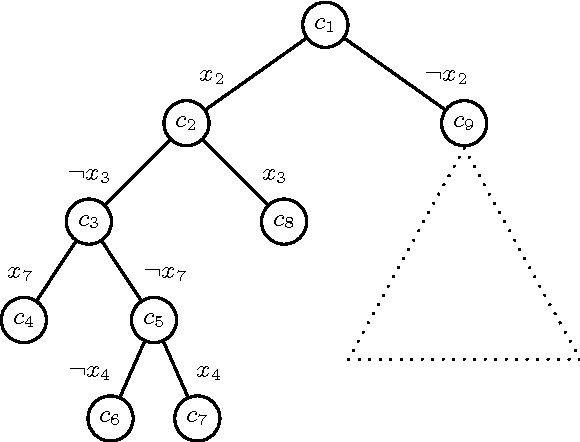
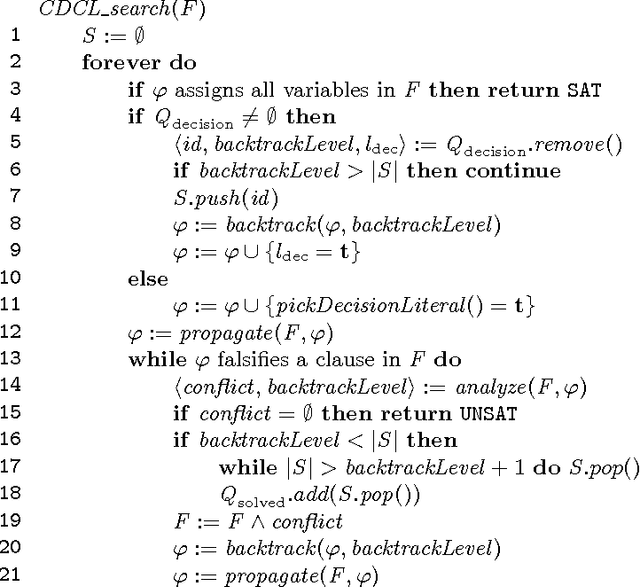
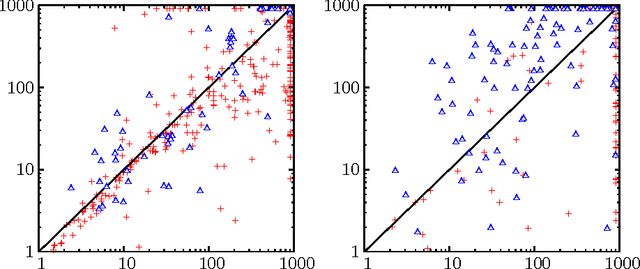
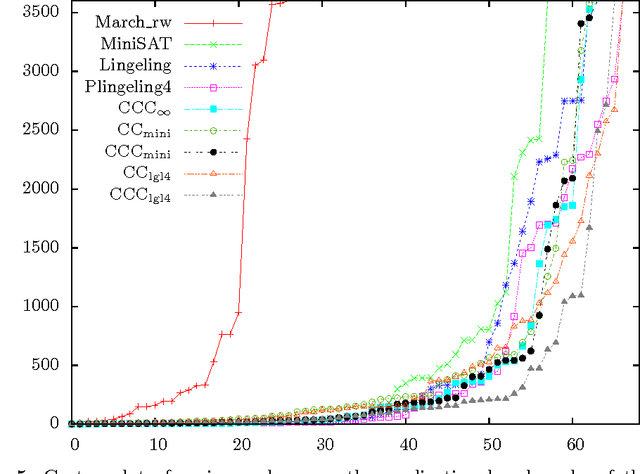
Abstract:Recent work introduced the cube-and-conquer technique to solve hard SAT instances. It partitions the search space into cubes using a lookahead solver. Each cube is tackled by a conflict-driven clause learning (CDCL) solver. Crucial for strong performance is the cutoff heuristic that decides when to switch from lookahead to CDCL. Yet, this offline heuristic is far from ideal. In this paper, we present a novel hybrid solver that applies the cube and conquer steps simultaneously. A lookahead and a CDCL solver work together on each cube, while communication is restricted to synchronization. Our concurrent cube-and-conquer solver can solve many instances faster than pure lookahead, pure CDCL and offline cube-and-conquer, and can abort early in favor of a pure CDCL search if an instance is not suitable for cube-and-conquer techniques.
Covered Clause Elimination
Nov 23, 2010
Abstract:Generalizing the novel clause elimination procedures developed in [M. Heule, M. J\"arvisalo, and A. Biere. Clause elimination procedures for CNF formulas. In Proc. LPAR-17, volume 6397 of LNCS, pages 357-371. Springer, 2010.], we introduce explicit (CCE), hidden (HCCE), and asymmetric (ACCE) variants of a procedure that eliminates covered clauses from CNF formulas. We show that these procedures are more effective in reducing CNF formulas than the respective variants of blocked clause elimination, and may hence be interesting as new preprocessing/simplification techniques for SAT solving.
* 5 pages
 Add to Chrome
Add to Chrome Add to Firefox
Add to Firefox Add to Edge
Add to Edge